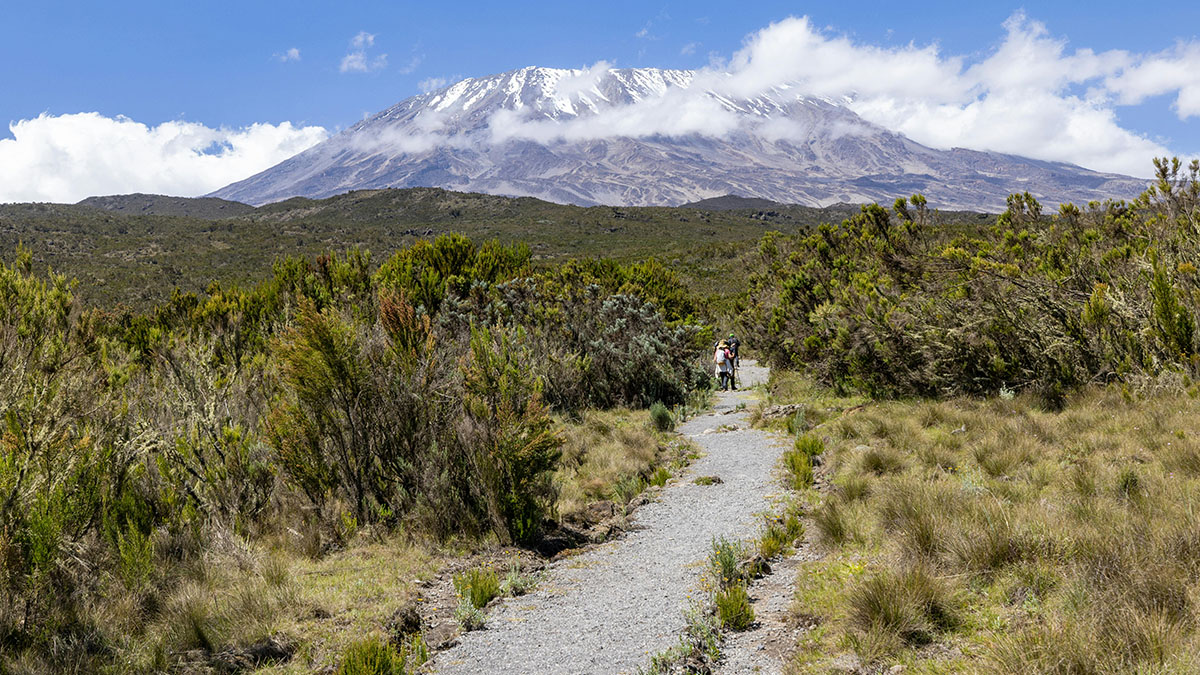Table of Contents
How to Properly Acclimatize on Mount Kilimanjaro: Tips and Things to Know | Kili Quests
Climbing Mount Kilimanjaro is an incredible achievement, but altitude can be your biggest challenge. Without proper acclimatization, even the fittest climbers can struggle to reach Uhuru Peak.
At Kili Quests, we know the mountain and how to climb it safely. In this guide, we’ll walk you through essential acclimatization tips, route strategies, and signs of altitude sickness — so you can summit confidently.
Understand Altitude Sickness on Kilimanjaro – Acclimatization is your best defense — understand the connection.
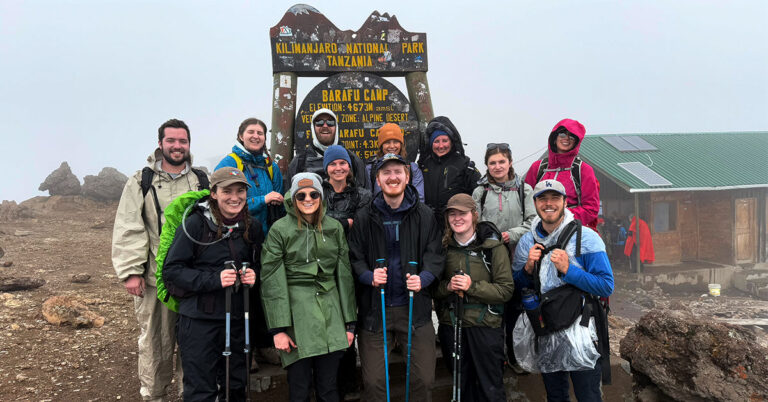
Understanding Acclimatization: What You Need to Know
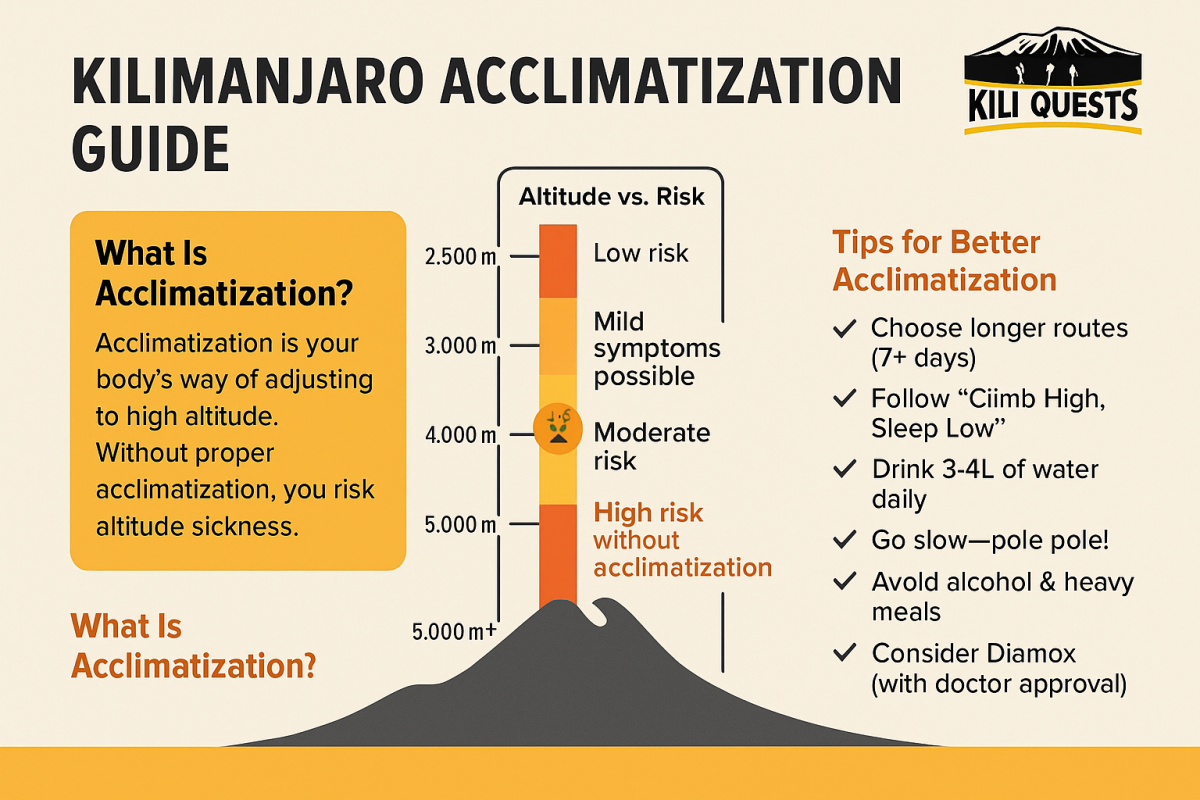
What Is Acclimatization?
As you climb higher, the air becomes thinner — meaning there’s less oxygen. Your body must adapt by:
- Increasing breathing rate
- Producing more red blood cells
- Slowing down physical exertion
Acclimatization is this natural process. If rushed, it can lead to altitude sickness, which can be serious — or even life-threatening — if ignored
Why Acclimatization Is Crucial
Altitude sickness can affect anyone, regardless of age or fitness. Symptoms include:
- Headache, dizziness, nausea
- Fatigue and loss of appetite
- Trouble sleeping
Severe conditions like pulmonary or cerebral edema require emergency descent. That’s why acclimatization isn’t optional — it’s essential.
Northern Circuit Route: 9-Day Itinerary & Guide – This route offers the best natural acclimatization — see why.
Acclimatization Tips for Kilimanjaro Climbers
1. Follow “Climb High, Sleep Low”
This proven method means you:
- Ascend to a higher elevation during the day
- Then return to a lower altitude to sleep
It helps your body adapt safely without overexertion.
3. Short Acclimatization Walks
At Kili Quests, we include short 100–200m elevation walks after lunch at most camps. These light hikes:
- Encourage adaptation
- Don’t overly tire the body
- Support recovery before the next day’s climb
This strategy helps you avoid rest-day stagnation while preparing for higher elevations.
4. Hydrate and Fuel Up
- Drink 3–4 liters of water daily
- Eat high-carb, high-protein meals
- Avoid alcohol and caffeine during the climb
Dehydration or poor nutrition increases your risk of altitude illness.
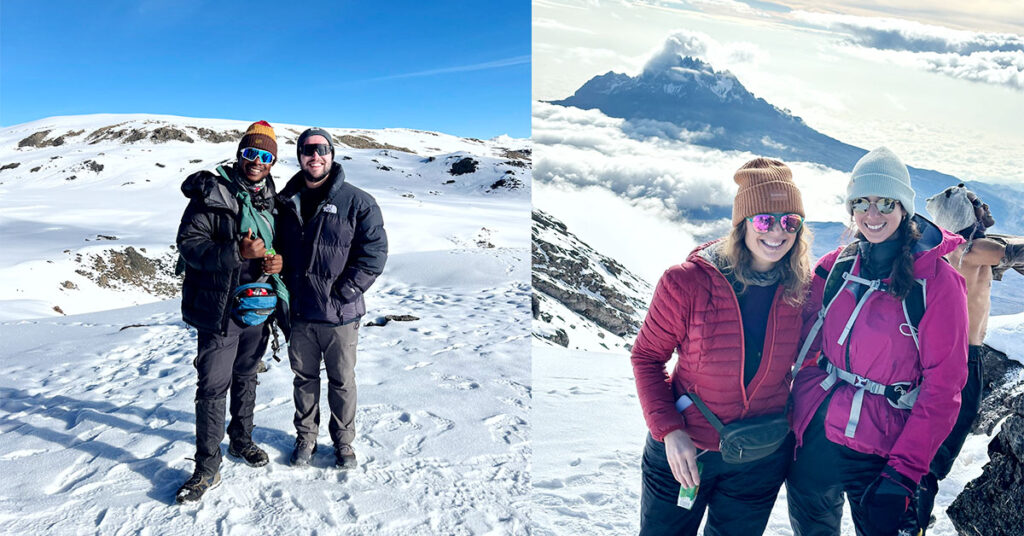
Choosing the Right Route for Acclimatization
Some Kilimanjaro routes are short and steep — not ideal for adapting to altitude. Others are longer and gradual, giving your body the time it needs.
Best Routes for Acclimatization:
- Lemosho Route (7–8 days)
- Northern Circuit Route (9–10 days)
- Machame Route (6–7 days)
Ecological Zones of Kilimanjaro: A Climber’s Guide – Each zone affects your body differently — learn what to expect.
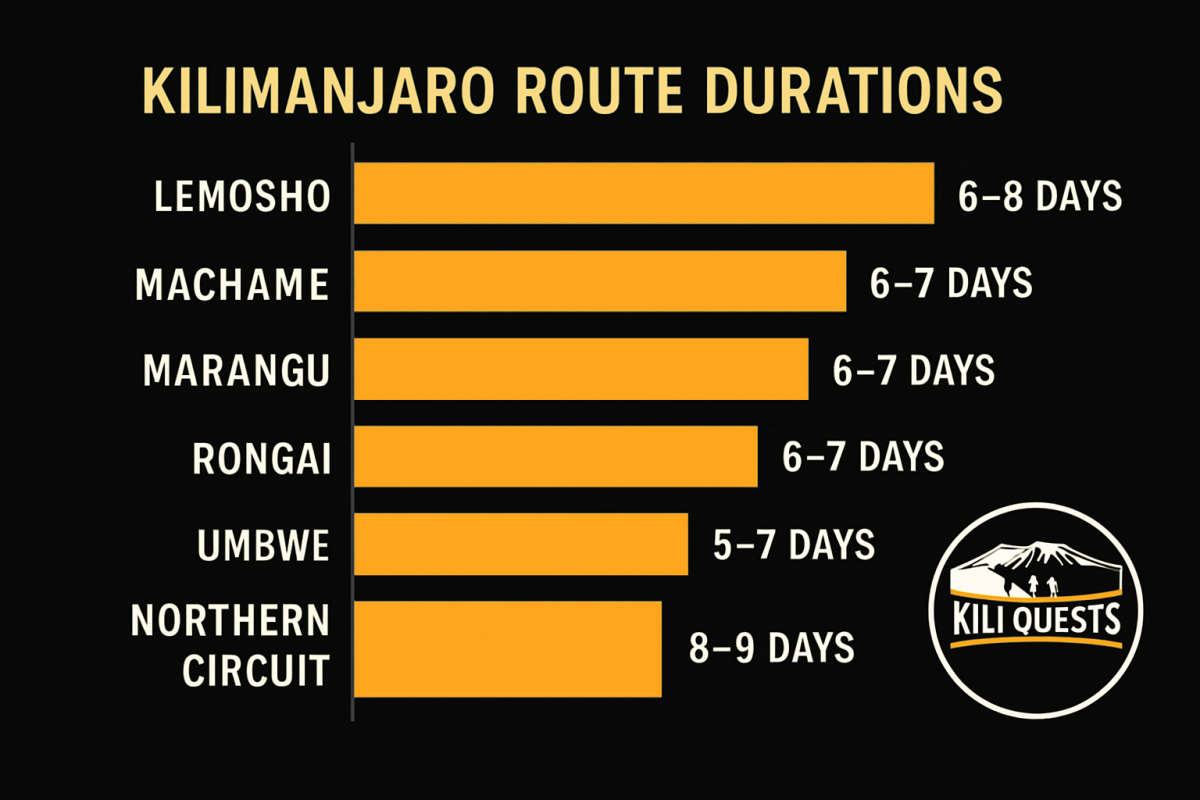
Recognizing Altitude Sickness Early
Mild Symptoms:
- Headache
- Light-headedness
- Fatigue
- Nausea
- Poor appetite
What to Do:
- Tell your guide immediately
- Rest, hydrate, and eat
- If symptoms worsen, descend
Your Kili Quests guide is trained to monitor your health and adjust the pace or route as needed.
How to Train for Kilimanjaro: 6-Week Plan – Build your cardio and endurance to help your body adjust faster.
Why Guides Matter for Acclimatization
At Kili Quests, our expert guides:
- Monitor your symptoms daily
- Plan short walks at the right elevations
- Make altitude-based decisions to keep you safe
Our porters and cooks also play a key role by ensuring you stay hydrated, well-fed, and supported throughout the trek.
Acclimatization = Summit Success
To give yourself the best chance of reaching Uhuru Peak:
- Take a longer route like Lemosho or Northern Circuit
- Walk slowly, hydrate, and eat well
- Trust your guides and listen to your body
“Congratulations! You are now at Uhuru Peak, Tanzania, 5,895 m — Africa’s highest point. World’s highest free-standing mountain.”
Let Kili Quests Guide Your Safe Ascent
Acclimatization isn’t just a suggestion — it’s the key to reaching the summit safely and with strength.At Kili Quests, we design our itineraries with your health and success in mind. From route selection to summit day, we ensure you’re properly prepared for altitude.
Ready to climb with confidence? Contact us today for route recommendations, training tips, and full acclimatization support.
Related Articles
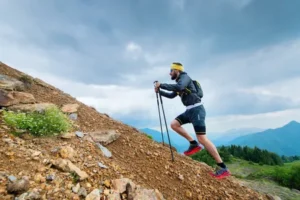
Climb Kilimanjaro: 6-Week Fitness & Training Guide
April 15, 2025
No Comments
Table of Contents How to Train for Kilimanjaro: Your 6-Week Fitness Plan Climbing Mount Kilimanjaro is not just a trek — it’s a personal
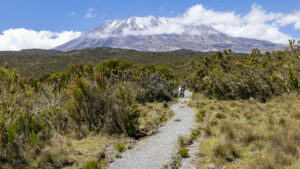
How to Acclimatize on Kilimanjaro & Avoid Altitude Sickness
April 12, 2025
No Comments
Table of Contents How to Properly Acclimatize on Mount Kilimanjaro: Tips and Things to Know | Kili Quests Climbing Mount Kilimanjaro is an incredible

Post-Climb Kilimanjaro: Recovery Tips & Stretches
April 11, 2025
No Comments
Table of Contents Post-Hike Muscle Care: Stretching Tips for Kilimanjaro Trekkers | Kili Quests Climbing Mount Kilimanjaro is an incredible achievement — but the


